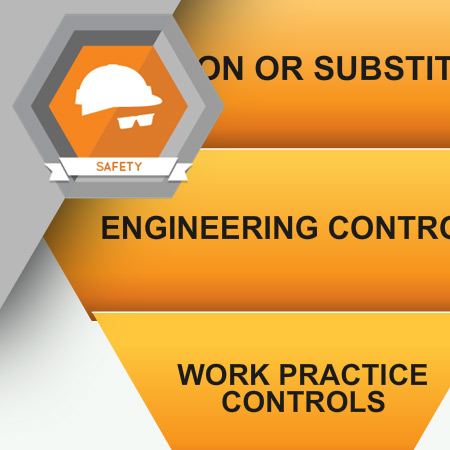
Personal protective equipment (PPE) plays an important role in worker safety. Worn properly, personal protective equipment can minimize your exposure to many workplace hazards.
Learning Objectives
- Apply the Hierarchy of Controls
- Understand both employer and employee responsibilities
- Conduct a hazard assessment
- Identify the different types of personal protective equipment
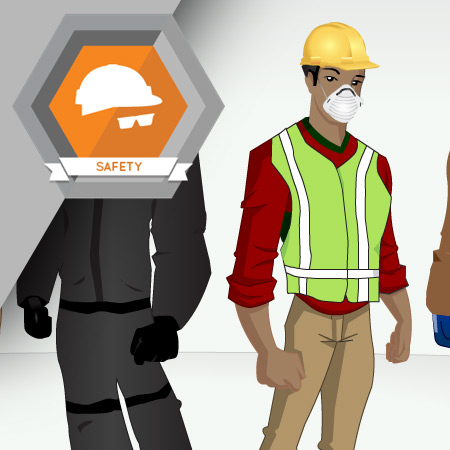
Many workplace injuries are the result of eye and face hazards. Flying shards, chemicals, and bright light are just a few examples of workplace hazards that can cause injury.
Learning Objectives
- Recognize potential eye and face hazards
- Understand employer responsibilities
- Explain common types of eye and face protection
- Follow guidelines to protect your eyes and face
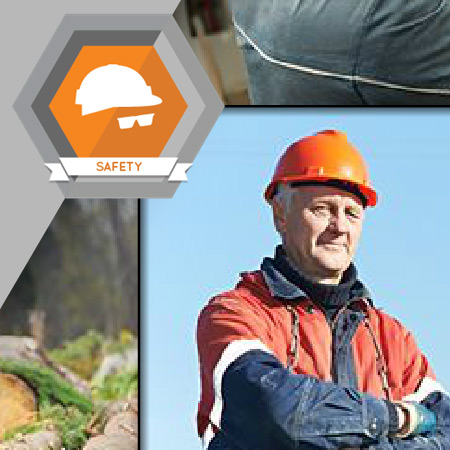
Head injuries are not to be taken lightly. Their effects can haunt you for the rest of your life and may even be fatal. Fortunately, proper hard hats can protect you from many types of head hazards.
Learning Objectives
- Identify types of head hazards
- Know the guidelines to protect your head
- Choose the appropriate hard hat
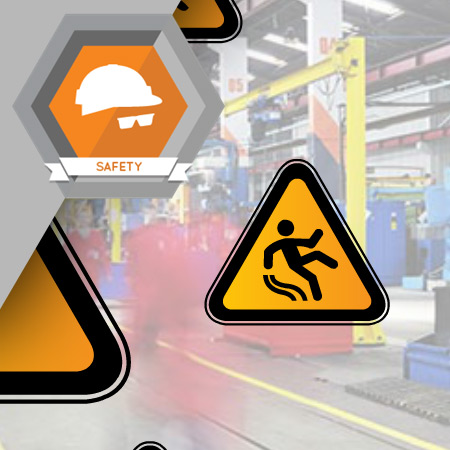
Foot and leg injuries are very common in manufacturing, but you can take advantage of PPE to minimize your exposure to workplace hazards. Foot and leg PPE, such as safety shoes and toe guards, can help protect you from workplace hazards.
Learning Objectives
- Identify types of foot hazards
- Follow guidelines to protect your feet
- Match your shoe protection to the hazard
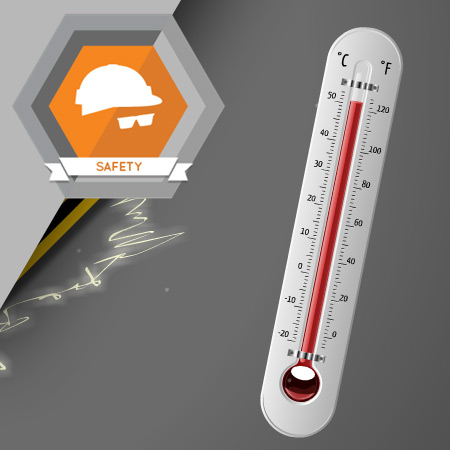
If workers face potential injury to their hands and employers cannot eliminate the workplace hazard through engineering and work practice controls, then employees need to wear PPE. PPE, such as arm coverings and gloves, help protect workers’ hands from chemicals and other workplace hazards.
Learning Objectives
- Identify types of hand hazards
- Know the guidelines for protecting your hands
- Be familiar with different types of hand PPE
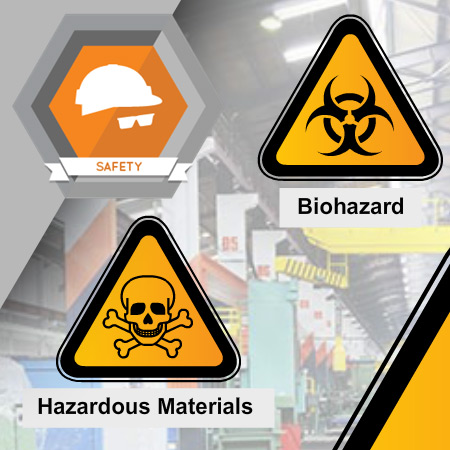
Protective clothing can help keep you safe from workplace hazards that can cause bodily injury while performing your job.
Learning Objectives
- Be aware of body hazards
- Identify the types of protective clothing for your body
- Follow safety guidelines for wearing clothing in the workplace
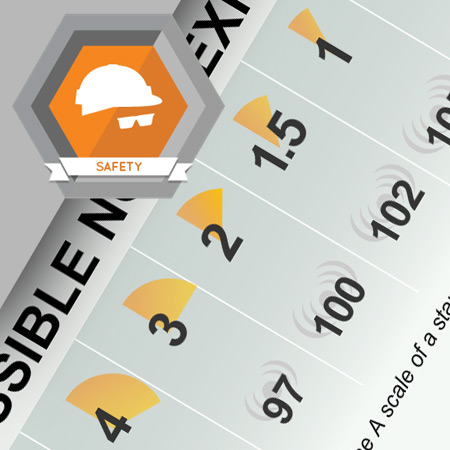
Loud noises can cause permanent hearing damage, as well as physical and psychological stress. As a result, whenever you risk exposure to excessive levels of noise, you need to wear proper PPE to protect your hearing.
Learning Objectives
- Recognize the need for hearing protection
- Follow guidelines to reduce the amount of noise exposure
- Choose appropriate hearing PPE
- Know how to use hearing PPE
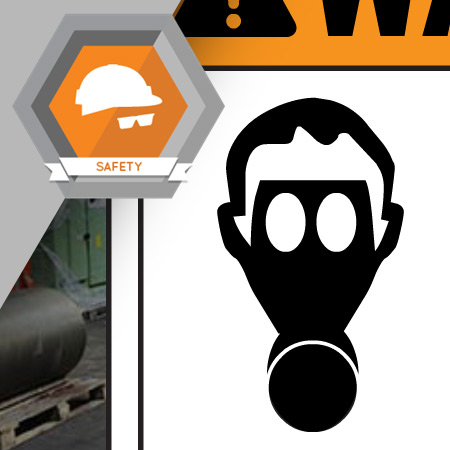
Breathing air contaminated with workplace hazards can cause injury and illness. Respiratory equipment helps filter and purify air so that you can breathe clean air.
Learning Objectives
- Recognize respiratory hazards
- Identify the different types of respiratory equipment
- Follow the guidelines for respiratory protection
